Intel CEO Pat Gelsinger On Foundry Plans, Chip Roadmaps And Mobileye’s IPO
‘Supply chain lockdowns in Shanghai and the war in Ukraine have demonstrated more than ever that the world needs more resilient and more geographically balanced semiconductor manufacturing. The chips shortage cost the US economy $240 billion last year. And we expect the industry will continue to see challenges until at least 2024 in areas like foundry capacity and tool availability,’ says Intel CEO Pat Gelsinger.

One Quarter Down, So Much More On The Horizon
Intel Thursday reported its first fiscal quarter 2022 financials, with revenue of $18.4 billion down 7 percent compared to last year, but with GAAP net income up 141 percent compared to a 35-percent drop in non-GAAP net income. That drop in revenue was caused primarily by a 13-percent slowdown in Intel’s client computing business, which accounts for slightly over 50 percent of total revenue, while all the other parts of the business grew well.
While investors saw the numbers as a reason to push Intel’s share prices down by nearly 7 percent on Friday, Intel CEO Pat Gelsinger saw the numbers as vindication of Intel’s strategy to take market share and build for the future, including its upcoming massive investment in foundry services.
Santa Clara, Calif.-based Intel has a long-term growth strategy to unlock a trillion-dollar market opportunity around four key pillars, Gelsinger told financial analysts on the conference call.
“We will deliver leadership products anchored on open and secure platforms powered by at-scale manufacturing and supercharged by our people,” he said. “In Q1, we made great progress on all of these areas, and we are continuing to hold our full-year revenue outlook.”
Intel has been busy introducing new processors, GPUs, and other semiconductors and related software, all with an eye towards the future, including a future where half the world’s semiconductor manufacturing will be in North America and Europe as a way to prevent shortages in the world, Gelsinger said.
“Overall, Q1 was a great start to the year as we continue to execute on a path to our long-term growth story,” he said. We still have a lot of work to do, but we are executing at a torrid pace, and I remain confident in our path forward.”
Gelsinger also said the first fiscal quarter 2022 is the first for Intel to report based on its June 2022 move to reorganize its business into six new business groups, including CCG (Intel Client Group), DCAI (Intel Datacenter And AI Group), NEX (Intel Network And Edge Group), AXG (Intel Accelerated Computing Systems And Graphics Group), IFS (Intel Foundry Services), and MBLY (Intel Mobileye).
For a look at how Intel is executing against its plans, click through the slideshow.
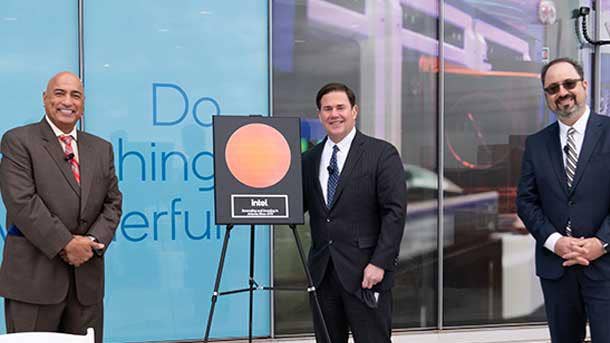
Long-term Growth Cycle For Semiconductors
I continue to believe we are just at the beginning of a long-term growth cycle across semiconductors. We continue to see some match-set limitations in areas like Ethernet, some softening in low-end consumer PCs, and some inventory adjustments as we discussed in our last call. But overall, the demand signals from customers continue to be robust in areas like enterprise, cloud, AI, graphics, and networking. Semiconductors are the fuel of innovation and transformation across a wide range of industries. And the supply chain lock downs in Shanghai and the war in Ukraine have demonstrated more than ever that the world needs more resilient and more geographically balanced semiconductor manufacturing. The chips shortage cost the US economy $240 billion last year. And we expect the industry will continue to see challenges until at least 2024 in areas like foundry capacity and tool availability.
‘Moonshot’ Goal: Getting Half The World’s Semiconductor Manufacturing In The U.S., Europe
As an IDM (integrated device manufacturing) company, we believe we are in a good position in the industry to manage through these constraints. In fact, Intel is rising to meet this challenge. Following our announcements in Arizona, New Mexico, and Ohio, we recently announced a series of investments in Europe expanding our existing operations, as well as our new investments in France and Germany, the ‘Silicon Junction.’ These investments position Intel to meet the future growth and represent a significant step toward our moonshot goal of having half the world‘s semiconductor manufacturing located in the U.S. and Europe. The pace at which we can reach this goal is dependent on the actions of the U.S. and other governments. America showed leadership when Congress passed the Chips Act, but the global situation has grown even more serious since then. The EU has been very aggressive in moving legislation forward to meet this challenge. And I recently testified before the Senate to highlight the critical need for the U.S. to fund the Chips Act. I continue to encourage Congress to fund this critical legislation and enable us to move faster towards making a balanced semiconductor supply chain a reality.

Making Progress On Five Process Nodes* In Four Years
[Intel continues] to make great progress on our plans to deliver five process nodes in four years. Intel 7** is ramping extremely well with Alder Lake, and our Intel 4*** Meteor Lake has now successfully booted Windows, Chrome, and Linux. The speed at which the team was able to achieve this milestone is a significant sign of the health of both Meteor Lake and our Intel 4 process technology
We plan to deliver several additional milestones in 2022, demonstrating our process technology development remains on track. This includes early Sierra Forest pre-production wafers on Intel 3****, IP test wafers on Intel 20A*****, and foundry customer test strips and initial IP shovels on Intel 18A******. Simply put, we remain on and in some places ahead of schedule to deliver five nodes in four years.
Our manufacturing network continues to perform well in a challenging environment. For the first time in years, Intel fabs and our substrate supply are close to meeting our customers’ demand. Using our IDM advantage, the team was able to remix almost 3 million units within lead time to meet changing demand signals. For example, we were able to partner with Meta to improve their Xeon supply and meet their needs.
Finally, our supply chain resilience showed as our teams worked tirelessly to mitigate any significant disruptions to our factory operations from the war in Ukraine, supplier shutdowns, and COVID lockdowns in China.
* Process node, according to WikiChip, is a term referring to a “specific semiconductor manufacturing process and its design rules,” often implying different circuit generations and architectures.
** Intel 7: Previously referred to as Enhanced SuperFin 10nm technology.
*** Intel 4: Previously referred to as 7nm technology.
**** Intel 3: A denser, lower-power version of Intel 4.
***** Intel 20A: 5nm technology, featuring new transistor and power technologies.
****** Intel 18A: Enhanced 5nm technology using cutting-edge High NA EUV equipment.
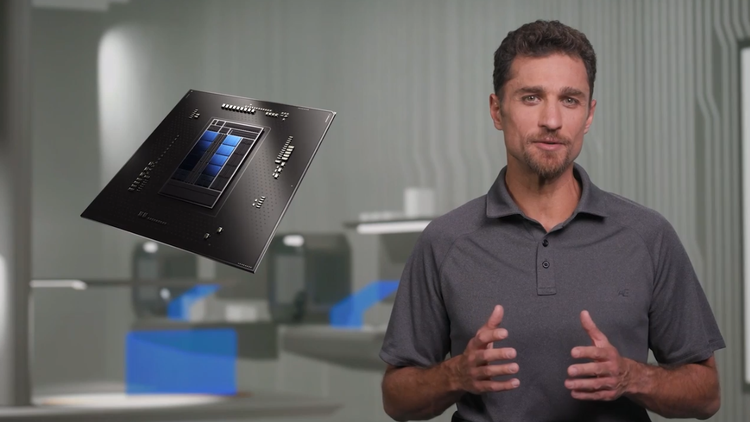
Business Group Update: Intel Client Group (CCG)
Our Client Group continues to deliver world-class platforms positioning us to win share, grow ASP, and win share of market. There is broad ecosystem agreement that the long-term PC market is sustainably larger going forward driven by PC density, refresh rates, and increased penetration as the PC remains the essential tool for work, learn, and play. We are seeing particular strength in gaming and in commercial PCs that is somewhat tempered by slower consumer inflationary pressure and customer inventory management. ...
Our 12th Gen. Alder Lake family continues to ramp in Q1. We have already shipped more than 15 million units. This family now has more than 250 designs planned this year from Acer, Asus, Dell, HP, Lenovo, LG, Samsung, and others. And it includes the world‘s fastest desktop processor, the Core i9-1200KS. Alder Lake will scale across every segment, including for businesses of all sizes, with the launch of our latest vPro platform. vPro offers industry-leading manageability and security for business including the first and only hardware-based ransomware detector with Intel Threat Detection.
The strength of our client roadmap continues with Raptor Lake where we are shipping both desktop and mobile samples to our customers today. And we plan to follow that with Meteor Lake in 2023.
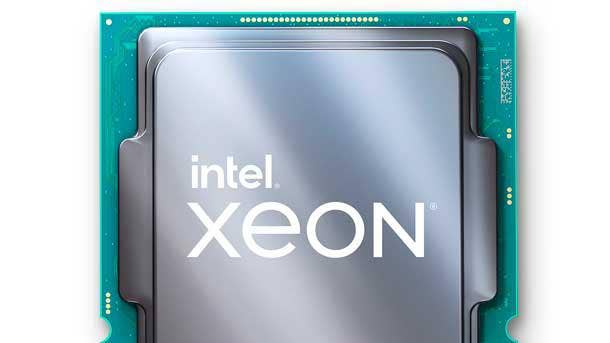
Business Group Update: Intel Datacenter And AI Group (DCAI)
DCAI had strong year-on-year growth as customers continue to choose Intel and as we continue to deliver increasing value and innovation. We are seeing strength in both hyperscaler and enterprise. We expect the market to grow at double digits going forward driven by workloads like AI and security. Here, too, we are seeing ecosystem supply constraints particularly in Ethernet that have limited end-system shipments, which we expect to be a headwind through the year. Our third-generation Intel Scalable processor Ice Lake has now shipped almost 4 million units. And Amazon Web Services recently announced general availability of its EC2 I4i instances designed for storage and I/O intensive workloads. This is the 48th AWS instance powered by Ice Lake.
I am also pleased to say that as committed, we began shipping initial SKUs of our fourth-gen Intel Xeon Scalable processor, Sapphire Rapids, to select customers in Q1. These are the first of many SKUs for Sapphire Rapids, with more due to ramp throughout the remainder of the year. We also unveiled our expanded dual-track Xeon roadmap using performance and efficient cores delivered in a common platform maximizing customer investments and on the cadence they prefer. Our first-generation E-Core Xeon will be Sierra Forrest which is designed to maximize performance per watt, providing high-density, ultra efficient compute for the cloud. For workloads that benefit from high performance per core and low latency like AI, we have our redefined Granite Rapids on Intel 3 with a new and improved P-Core.
The strength of Intel Agilex and Stratix 10 FPGAs generated record revenue as we continue to win designs and ramp into key markets. Intel FPGA-based IPUs (infrastructure processing units) are deployed in volume at five of the top six cloud service providers. And we continue to win designs with cloud service providers utilizing Intel‘s latest generation FPGAs and eASICs.
Our launch of the Habana Gaudi-based AWS EC2 DL1 instance has shown customers how they can reduce training costs by as much as 40 percent versus GPU-based instances. One of the early customers, Mobileye, is now using [Amazon EC2] DL1 for training their object detection models. Gaudi 2 [deep learning processor] is already sampling to customers and demonstrating leadership performance versus competitive GPUs on multiple workloads.
Finally, we continue to build our extensive data center software capabilities, and recently announced the acquisition of Granulate. Granulate is a SaaS service that improves performance and cloud costs, with its autonomous dynamic optimization service to unmodified customer workloads.
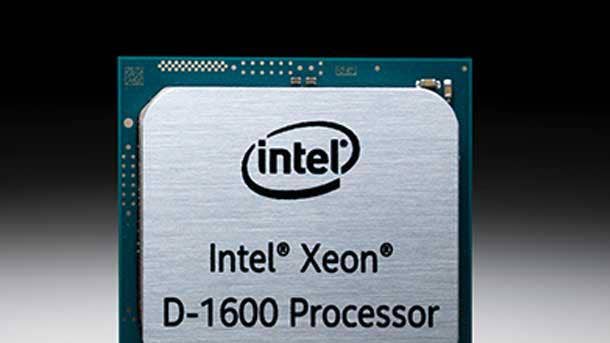
Business Group Update: Intel Network And Edge Group (NEX)
The network and edge market continues to be strong with the transformation from proprietary fixed function devices to fully programmable software-defined infrastructure. Our network and edge group is uniquely positioned to capitalize on this transition, and had record revenue in Q1.
At Mobile World Congress, NEX launched our newest Xeon D processor built specifically for software-defined infrastructure across the network and edge. Our latest Xeon D has more than 70 leading companies working on designs including Cisco, Juniper Networks, and Rakuten Symphony. We believe that in the network, O-RAN* and vRAN** have reached a tipping point as the preferred model of all future network deployments. Nearly all commercial deployments running today are using Xeon and our FlexRAN software. We have more than 10 engagements with major global operators that we expect to be in high volume commercial deployment within the next two years.
We also launched a new version of our OpenVINO software toolkit with downloads growing 70 percent year-over-year, built on the foundation of oneAPI***. OpenVINO has enabled hundreds of thousands of developers to dramatically accelerate performance on rapidly growing AI workloads at the edge, including [Ridgefield, N.J.-based] Zeblok Computational, who is using OpenVINO to deliver their AI micro cloud solution to cities everywhere.
Going forward, the scale out of 5G, the explosion of AI inferencing, and the growth of low-latency workloads will further drive the need for compute at the edge. They will eventually begin to shift compute from the cloud, making the edge the next wave of semiconductor growth. With a broad portfolio of hardware, software, and deep ecosystem partnerships NEX remains positioned to lead the transformation across the network and to win the edge.
* O-RAN: Open radio access network, a way to deploy mobile networks using cloud-native principles.
** vRAN: Virtual radio access network, a way to run telecommunications functions as software.
*** oneAPI: A cross-industry API to provide a common developer experience across accelerator architectures.
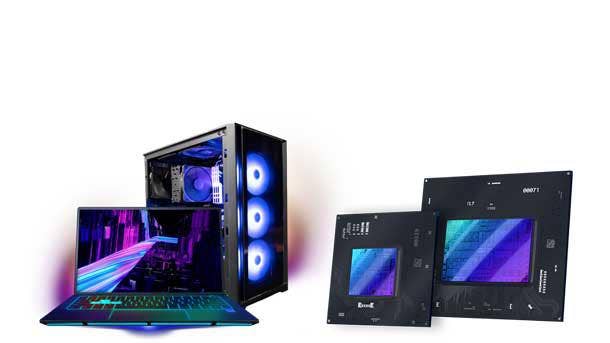
Business Group Update: Intel Accelerated Computing Systems And Graphics Group (AXG)
[Intel’s] Accelerated Computing Systems and Graphics Group is built on our installed base of CPUs, IP, and software, and leverages a thriving open ecosystems to disrupt a large enrolling market. In Q1, AXG had strong growth and celebrated a major milestone with the official launch of the Intel Arc A-series portfolio for laptops, Alchemist. The first of these products has been shipping to customers since early Q1 with designs from Acer, Asus, Dell, HP, Lenovo, Samsung, and others. The A-series enables up to a two-times performance improvement in graphics versus integrated graphics, and incorporates Intel Deep Link technology, which utilizes Intel integrated graphics to increase application performance by up to 30 percent. The first laptops with Intel Arc 3 GPUs are available now. These will be followed by even more powerful designs with Intel Arc 5 and Intel Arc 7, along with desktop and workstation offerings later this year.
In the data center, our flagship Ponte Vecchio GPU for high performance computing and AI is sampling to customers. Ponte Vecchio, along with Sapphire Rapids with high bandwidth memory, will power the 2-exaflop Aurora supercomputer at Argonne National Laboratory. In addition, Arctic Sound, our general purpose data center GPU designed for industry leading media graphics and AI inference capabilities, will be available in the second half of the year.
Finally, in Q1, we announced our intent to contribute to the development of blockchain technologies. Intel will help advance this technology in a responsible and sustainable way by developing energy-efficient computing technologies at scale. Blockscale, our first blockchain accelerator, is sampling today, and will ship in production later this year. AXG remains on track to deliver over $1 billion in revenue this year.
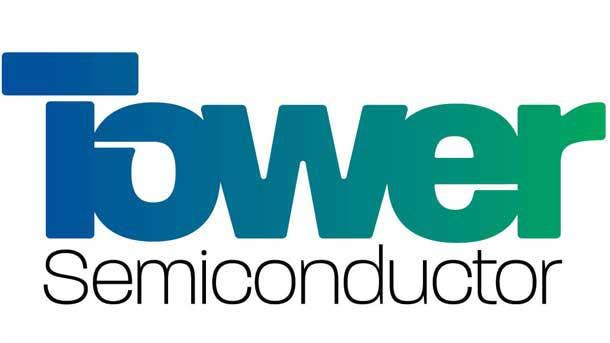
Business Group Update: Intel Foundry Services (IFS)
Our Intel Foundry Services hit a $1 billion run rate for the first time as we continue to make progress towards being the trusted provider of foundry services. Our overall customer pipeline remains robust, and we now have more than 10 qualified opportunities in advanced stages of engagement across our process and package offerings that collectively represent a deal value of greater than $5 billion. We have over 30 test chips committed to Intel 16 this year, and we expect the first Intel 3 and Intel 18A customer test chips to tape out in the second half of 2022. Our work with our five target anchor customers is progressing well. We expect additional updates later this year.
Finally, we have seen tremendous enthusiasm from customers for our acquisition of Tower [Semiconductor]. Tower shareholders recently approved the proposed acquisition. We have completed regulatory review in 2 jurisdictions outside the U.S., and hope to close the transaction as soon as possible.
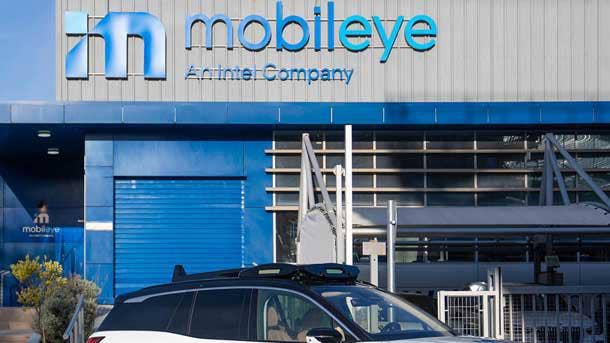
Business Group Update: Intel Mobileye (MBLY)
Building on its market leadership in ADAS (advanced driver assistance systems) and AD (automated driving) solutions, Mobileye advanced system launches have continued, including the next-generation BMW 7 Series with the leading-edge combination of EyeQ5 and an 8-megapixel camera as well as BMW Highway Assistant, which enables hands-free driving on separated roadways up to 80 miles per hour. We also added Miami and Stuttgart to our global AD testing program, bringing the total number of places where we have tested ADs to 10 cities in six countries across three continents.
Additionally, we recently showcased Mobileye‘s Level 4 self-driving system in action for the first time with a robotaxi navigating the streets of Jerusalem. Mobileye expects to launch its commercial robotaxi services in Munich and Tel Aviv by the end of 2022. Finally, we remain committed to unlocking shareholder value and are working on our plans to take Mobileye public in 2022. In March, we announced that we confidentially submitted a draft registration statement with the SEC. The IPO is proceeding smoothly, and we continue to make good progress as we work with the SEC to refine our Form S-1.